
Spearmint, or Mentha spicata, is a species of mint native to great part of Europe and southwest Asia. Spearmint very much resembles peppermint, but it is to a certain extent more vigorous in its growth, the lance-shaped leaves are generally stemless, the flower spikes are narrow and pointed rather than thick and blunt. Spearmint is cultivated like peppermint for its aromatic and carminative oil. The dried leaves and flowering tops are collected before the flowers are fully developed. Spearmint leaves can be used whole, chopped, dried and ground, frozen, preserved in salt, sugar, sugar syrup, alcohol, oil, or dried. Spearmint leaves are commonly used to prepare a tea, but it is also used as a flavoring for toothpaste and confectionery, and for various medical purposes.
Health benefits of spearmint tea
Since many centuries ago, herbalists have used spearmint tea to relieve symptoms of irritable bowel syndrome, including indigestion, dyspepsia, and colonic muscle spasms. Spearmint oil, found in spearmint tea, relaxes the muscles in the intestines and soothes the abdominal problems. This bowel comforting effect is probably due to the menthol, contained in spearmint tea.
Another major healthy component found in spearmint is perillyl alcohol, a phytonutrient called a monoterpane. In laboratory studies, this phytonutrient has been shown to stop the growth of pancreatic, mammary, and liver tumors. Moreover, there is some evidence that perillyl alcohol protects against cancer formation in the colon, skin, and lungs.
Spearmint has powerful anti-microbal and anti-fungal properties. The oil of spearmint is found effective against Helicobacter pylori, Salmonella enteritidis, Escherichia coli O157:H7, and methicillin-resistant Staphylococcus aureus (MRSA).
Rosmarinic-acid, found in spearmint, can bring the relief to patients with asthma. It is also effective in blocking the production of pro-inflammatory chemicals, such as leukotrienes. Tea may even relieve the nasal symptoms of allergic rhinitis.
Spearmint tea nutrition
Spearmint is also a rich source of traditional nutrients. One serving size of dried spearmint, approximately 1 gram, is a good source of Protein, Niacin and Potassium, and a very good source of Dietary Fiber, Vitamin A, Riboflavin, Vitamin B6, Folate, Calcium, Iron, Magnesium, Copper and Manganese.
One serving size is enough to satisfy as much as 9% of recommended daily allowance (RDA) for Manganese, 7% of RDA for Iron, 3% of RDA for Vitamin A, and 2% of RDA for Calcium. Spearmint has very high nutrient density and low calorie status. It is best consumed fresh, since it is superior in flavor than in dried form. Always choose leaves in rich green color, free from dark spots and yellowing.


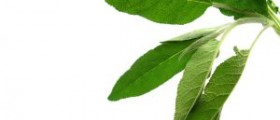
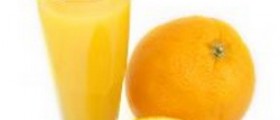


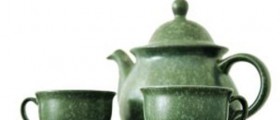


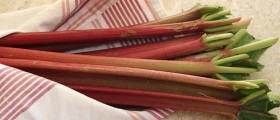
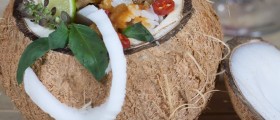
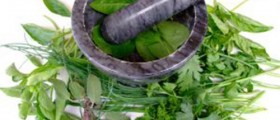
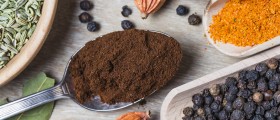
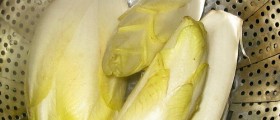

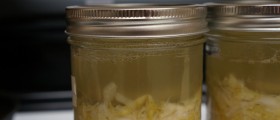

Your thoughts on this
Loading...